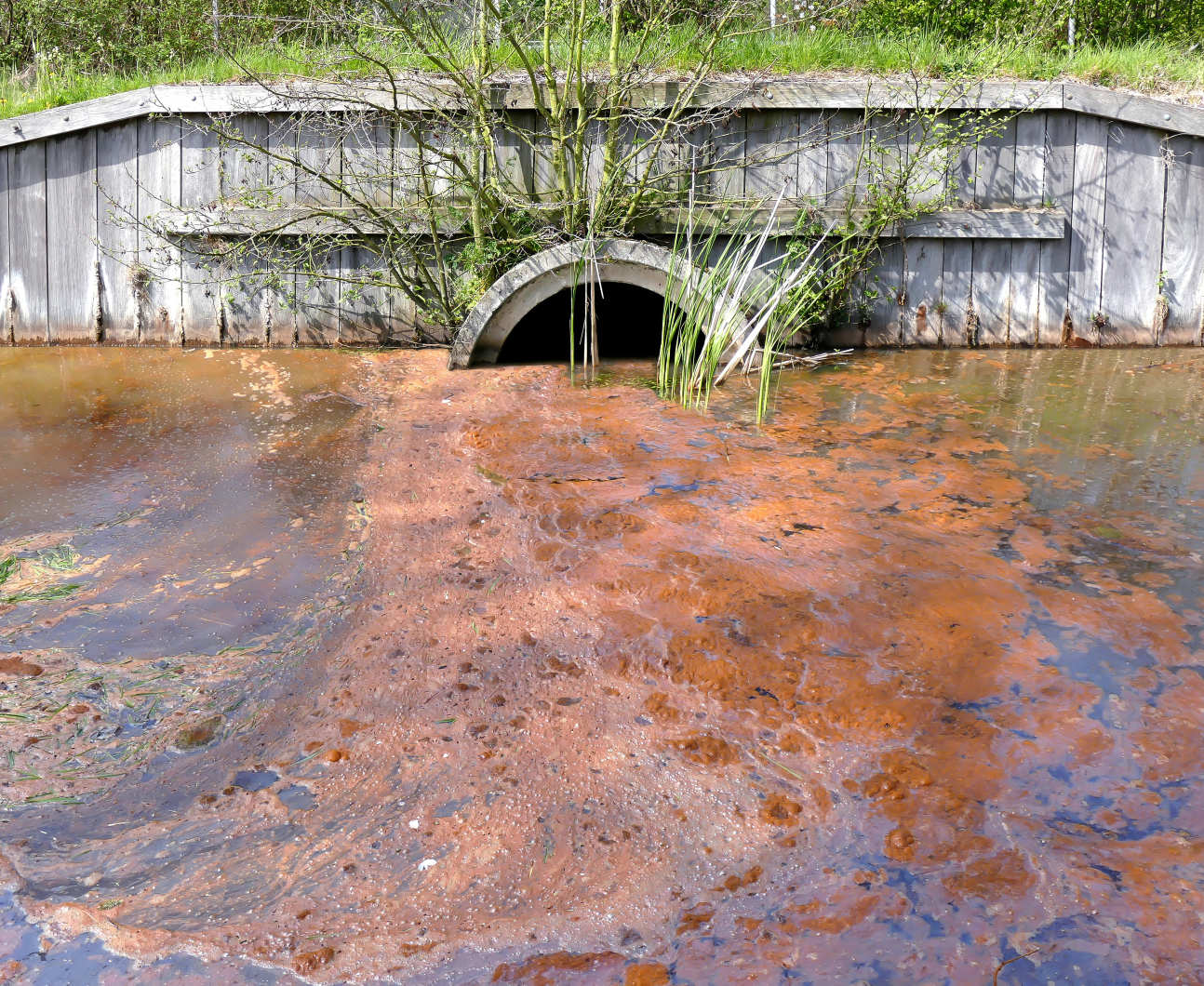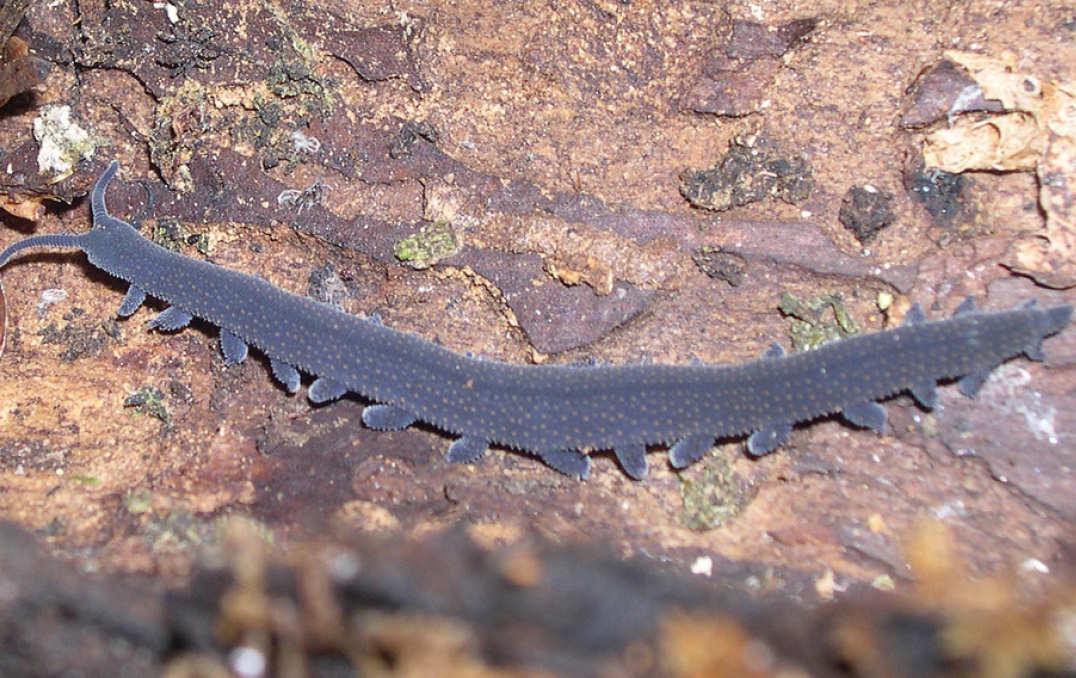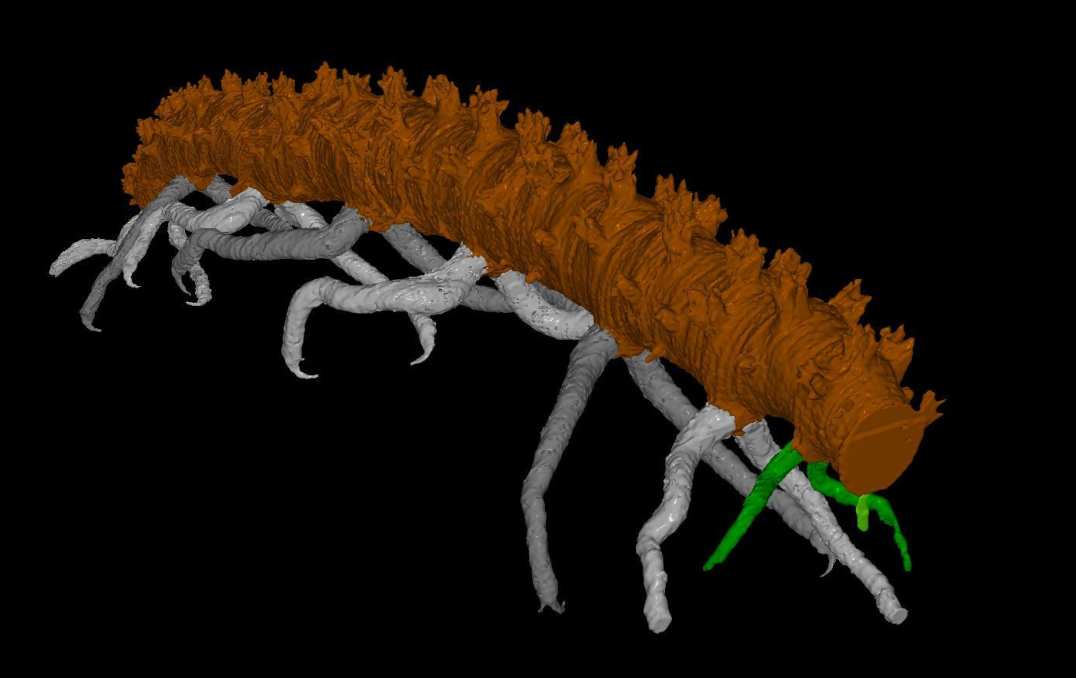Here’s a batch of fresh news and announcements from across Imperial.
From a discovery of the velvet worm’s ancient ancestor, to a new study of chemical impacts on freshwater ecosystems, here is some quick-read news from across the College.
Ancient worm
‘Velvet worms’ are predators that today live on forest floors in southern latitudes. Their ancestors, the lobopodians, lived in the oceans and were common in the first animal ecosystems of the Cambrian Period, 541-485 million years ago. Their fossils are, however, vanishingly rare after the Cambrian.
Now, a team from Imperial, Oxford and Yale have discovered a spectacularly preserved fossil lobopodian from Herefordshire, dubbed Thanahita distos, which lived over 50 million years after the Cambrian ended. Thanahita represents a previously unknown lobopodian survivor into much later times. Using tomographic techniques the team also reconstructed it as a fully 3D virtual fossil.
Read the full journal: A three-dimensionally preserved lobopodian from the Herefordshire (Silurian) Lagerstätte, UK
GraphicsFuzz is acquired by Google
 Imperial-founded startup GraphicsFuzz has been bought by Google, it was announced this week.
Imperial-founded startup GraphicsFuzz has been bought by Google, it was announced this week.
GraphicsFuzz, which was created by a team from the Department of Computing at Imperial, has pioneered an automatic method for testing graphics drivers that quickly finds and fixes bugs that could undermine reliability and security.
Imperial founders Alastair Donaldson, Hugues Evrard, and Paul Thomson from the Department of Computing will now join Google’s Android Graphics Team to integrate their specialist graphics driver testing technology within the Android ecosystem.
GraphicsFuzz were one of the first companies to found a startup through the Imperial’s Founder’s Choice Programme, which offers academics a much greater share of founding equity – up to 95% – in exchange for a more basic level of support.
Simon Hepworth, Director of Enterprise at Imperial College London, said: "At Imperial, we encourage innovation at all levels. We have a unique entrepreneurial ecosystem, where our world-leading academics and students are encouraged to act boldly, pursue new opportunities, and translate their work into real-world impact. GraphicsFuzz embodies this culture, and we commend them on their tremendous success."
Read the full story: GraphicsFuzz is acquired by Google
Disruptive tech
 Some of Imperial’s academics have explained how the research taking place today could yield the disruptive technologies of tomorrow.
Some of Imperial’s academics have explained how the research taking place today could yield the disruptive technologies of tomorrow.
Dr Connor Myant, of the Dyson School of Design Engineering, is working on the 3D printing of shape-shifting objects. He says one future application may be surgery, where squished objects placed inside the body could be triggered to expand into their intended shapes.
Professor Mark Girolami in the Department of Mathematics is working on digital replicas of physical systems – and says these may eventually be used to test the effects of policing policies on criminal activity.
You can read about the work of these researchers and others working with the College’s Tech Foresight team in our long-form feature, ‘Shifting realities’.
Image: Light trapping in the optical maze formed by many scattering particles (Dr Riccardo Sapienza)
Toxic impact
 Professor Guy Woodward, from the Department of Life Sciences, has been awarded £1.9m to investigate the impact of new chemicals and chemical combinations on freshwater ecosystems.
Professor Guy Woodward, from the Department of Life Sciences, has been awarded £1.9m to investigate the impact of new chemicals and chemical combinations on freshwater ecosystems.
New chemicals are constantly being used in agriculture, industry and everyday life. However, the current standard method of testing determines how toxic individual chemicals are, but is unable to look at the combined effects of a mixture of chemicals.
The project will combine modelling, experimental manipulations and monitoring across a range of freshwater ecosystems that provide crucial services to society, from water-purifying microbes to fish.
The funding, from the Natural Environment Research Council (NERC), is part of £6m allocated to assessing chemicals in British ecosystems.
Read the full NERC story: £6 million to explore impact of hazardous chemicals on UK ecosystem
–
Want to be kept up to date on news at Imperial?
Sign up for our free quick-read daily e-newsletter, Imperial Today.

Article text (excluding photos or graphics) © Imperial College London.
Photos and graphics subject to third party copyright used with permission or © Imperial College London.
Reporters
Andrew Youngson
Communications Division
Hayley Dunning
Communications Division

Contact details
Tel: +44 (0)20 7594 2412
Email: h.dunning@imperial.ac.uk
Show all stories by this author

Deborah Evanson
Communications Division

Contact details
Tel: +44 (0)20 7594 3921
Email: d.evanson@imperial.ac.uk
Show all stories by this author

David Silverman
Enterprise

Contact details
Tel: +44 (0)20 7594 8104
Email: d.silverman@imperial.ac.uk
Show all stories by this author




